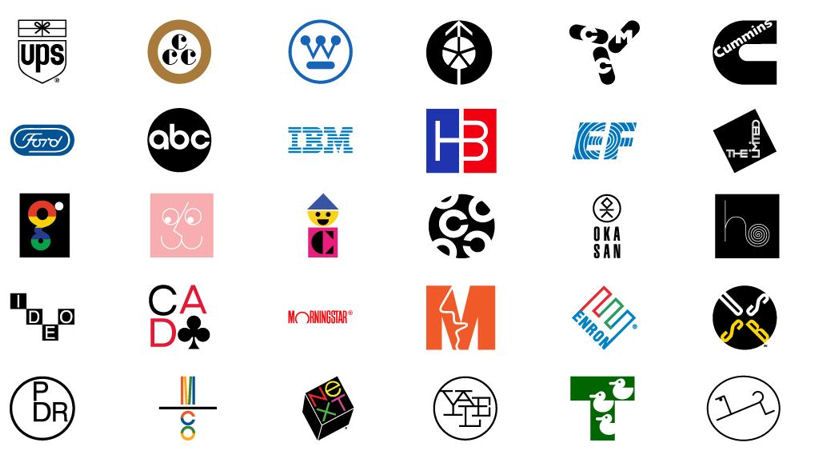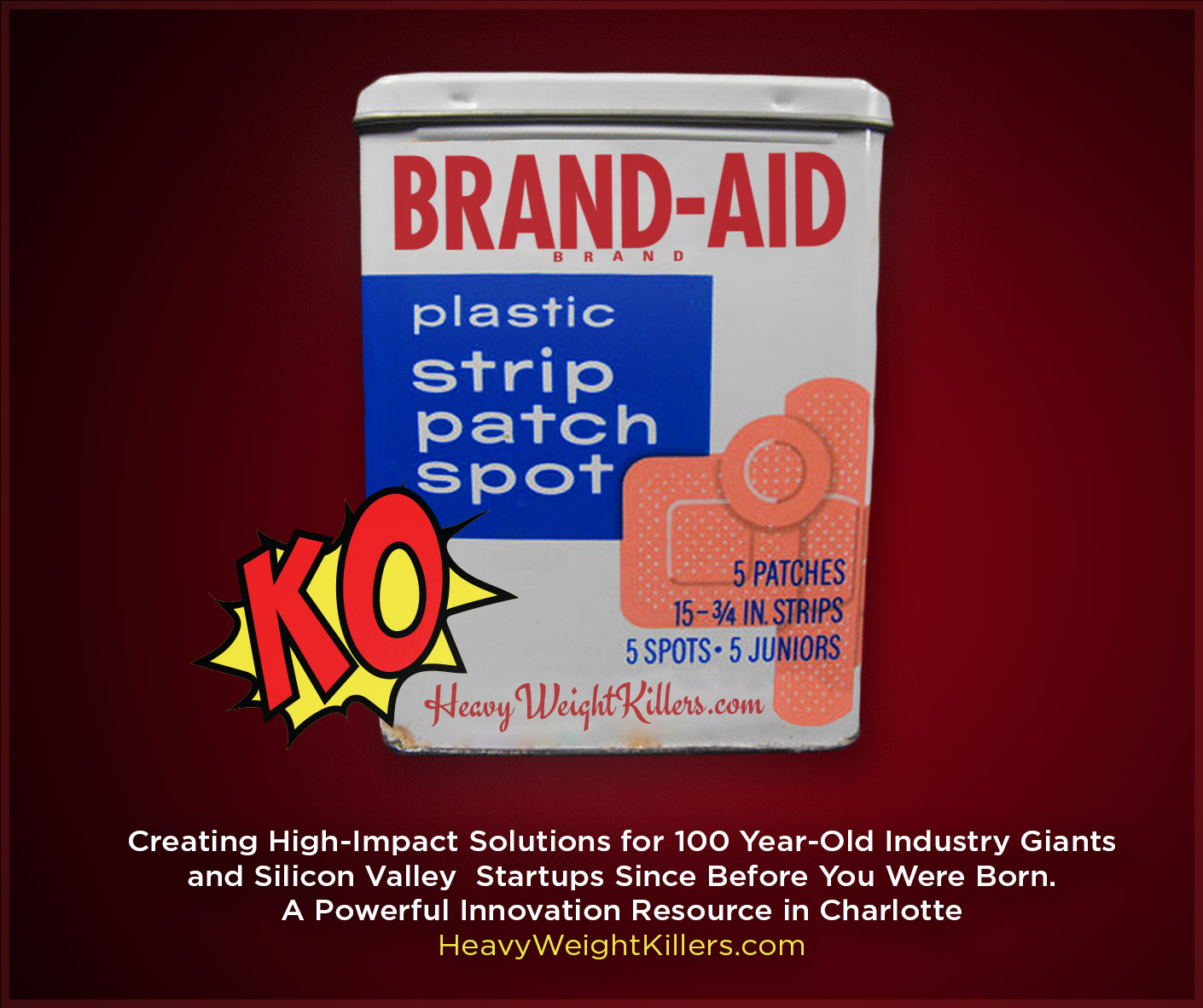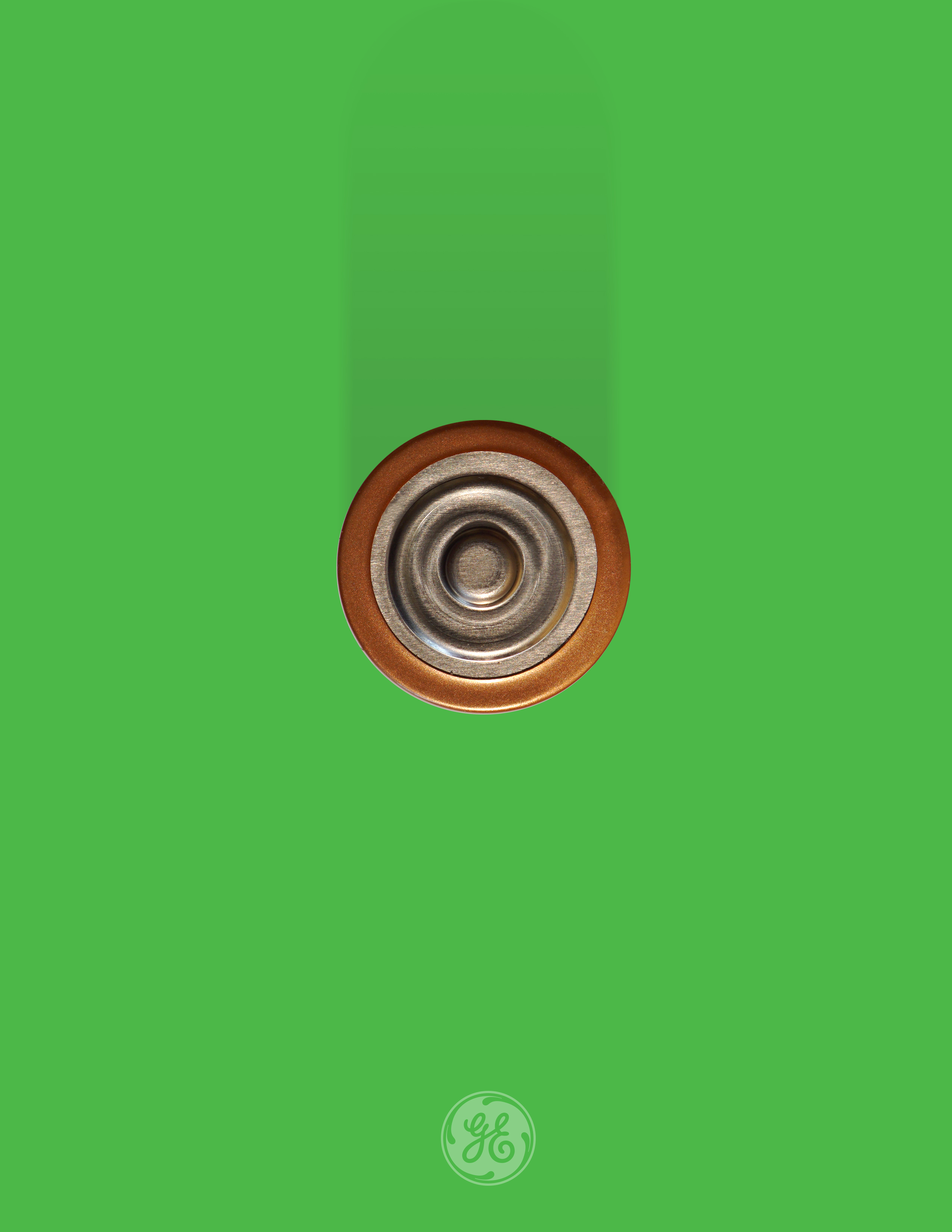Paul Rand was a pioneer when it came to capturing an entire business in one simple, elegant symbol
One of the major draws at this year’s Offset creative conference, which took place in March, was Paula Scher from design powerhouse Pentagram.
During her highly entertaining delivery, she gave attendees a brief glimpse at one of her projects, and one of the most high-profile design jobs in the business – the new logo for Microsoft Windows 8, which no doubt has been battering your eyes from all manner of advertising hoardings and formats in recent weeks.
According to Pentagram, the “logo re-imagines the familiar four-colour symbol as a modern geometric shape that introduces a new perspective on the Microsoft brand”.
At the time, Scher was more succinct. After giving a blink and you’d have missed it look at the already-familiar four-pane logo, she said: “I know what you’re thinking. You don’t like it. But you will.”
This confidence speaks volumes about her prodigious graphic-design ability, and on the Windows front at least, she’s right. This ability to encapsulate a company in a single, relatively simple symbol seems almost utterly innate. And perhaps the best person in this business was American graphic designer Paul Rand.
Rand is responsible for a series of corporate symbols that pop into your head almost unbidden. His clients have included IBM, Enron, UPS, ABC, and NeXT, the company founded by Steve Jobs when he quit Apple in 1985. Jobs, perhaps one of the most exacting clients a designer could have, was unstinting in his praise, calling Rand “the greatest living graphic designer”.
Perhaps the strongest testament to Rand’s work is the fact that many of his designs survive, some decades after their creation, albeit with some minor modifications and evolutions to their look and feel (Rand died in 1996).
Paul Rand was educated at the Pratt Institute, the Parsons School of Design, and the Art Students League, although he regarded himself as largely self-taught, having begun his foray into commercial design by painting signs for his father’s grocery shop and for school events.
No part of his life went uncritiqued – he was born Peretz Rosenbaum, but pared even this back, figuring that “four letters here, four letters there, would create a nice symbol”.
He was one of the originators of the Swiss style of graphic design, but more than anything he created graphic design as an industry. In the words of fellow graphic designer Louis Danziger: “He almost single-handedly convinced business that design was an effective tool . . . He more than anyone else made the profession reputable. We went from being commercial artists to being graphic designers largely on his merits.”
Rand may have had a genius for industrial design married with a gift for salesmanship, but he was much more than a company man. He revered modernism, as is evident by his spare, clean logos, and in later life earned the ire of younger colleagues by railing against postmodernist theory and its influence on design. In A Designer’s Art, Rand said, “Ideas do not need to be esoteric to be original or exciting.” Another of his books, Thoughts on Design, remains a core text for graphic designers.
His logos could not live in a limbo. His American Broadcasting Company trademark, which he made in 1962, is a beautiful exercise in restraint, and he insisted that it was its association and what it represented that gave it meaning, rather than the symbol in and of itself: “It derives its meaning and usefulness from the quality of that which it symbolises. If a company is second rate, the logo will eventually be perceived as second rate. It is foolhardy to believe that a logo will do its job immediately, before an audience has been properly conditioned.”
Much of his work was built around the precept that a logo “cannot survive unless it is designed with the utmost simplicity and restraint”, something elegantly illustrated by the current exhibition of his work at the Ebow gallery at 1 Castle Street, Dublin 2. The show is part of Design Week 2012, and features around 30 original pieces by Paul Rand, an animation of some of his work by New York studio Imaginary Forces, and specially commissioned prints from Irish artists Johnny Kelly and James Earley.
Source: The Irish Times





